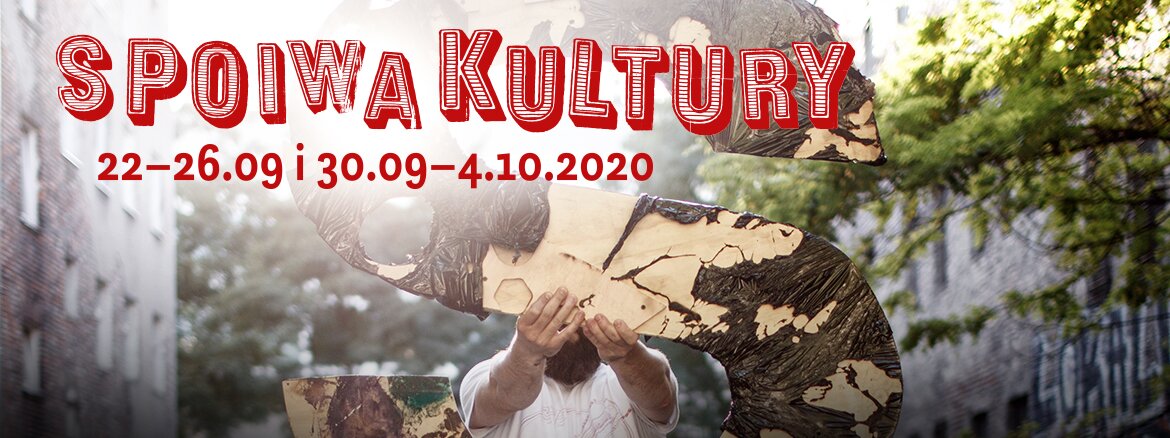
WPRAWKA/APPRENTICESHIP
Installation
Szostak/Fibich
Niebuszewo district
(a suitable map will be prepared)
Thank you very much for the letter and the insert, a little glimmer of hope in the darkness! You don‘t have the slightest idea what kind of "life" we have here, we could not imagine it before either. (...) I ask so much for a tapped piece of soap (...) Do you have a superfluous old hat, I do not have any. (...) We have no idea where help could come from. America is asleep, yet it would be possible only from there. We have been here for 6 weeks now, to read it and to experience are two different things! Still snow and ice, we all have frozen feet (...) If only organizations could work faster, we call SOS. (Käte Meyer, March 20th,1940, Głusk)
On the night of 12th to 13th February, 1940, 1,120 Pomeranian Jews, including 846 people from Stettin/Szczecin, were arrested for deportation. On February 16th they reached the temporary camp in Lublin, from where they were resettled to Piaski, Bełżyce and Głusk. There they were transferred to the apartments of Jewish families, and later to the just-established ghettos. It was the first organized deportation from the area of the so-called Old Reich, where Jews, citizens of the German state, were deported outside its territory to the conquered areas. It was a kind of “exercise”, in order to achieve proficiency in carrying out subsequent deportations, which took place almost all over Europe in the following years.
We rewrite by hand the content of letters already written once. On the streets of Niebuszewo, at the recovered addresses of Stettin’s Jews, we mark the places of countable absences. Sarah and Israel had their own names, their own houses and one fate..
Thanks to: Eryk Krasucki, Róża Król, Agnieszka Wysocka, Dorota Makrutzki, Gunter Dehnert, Zbigniew Plesner, Witold Dąbrowski.
Partnera of the project: Pommersches Landesmuseum in Greifswald, Szczecin branch of the Socio-Cultural Association of Jews in Poland, Trafostacja Sztuki in Szczecin, Art Academy in Szczecin, State Archive in Szczecin.
The installation uses materials (maps, engravings, addresses) from the State Archive in Szczecin.